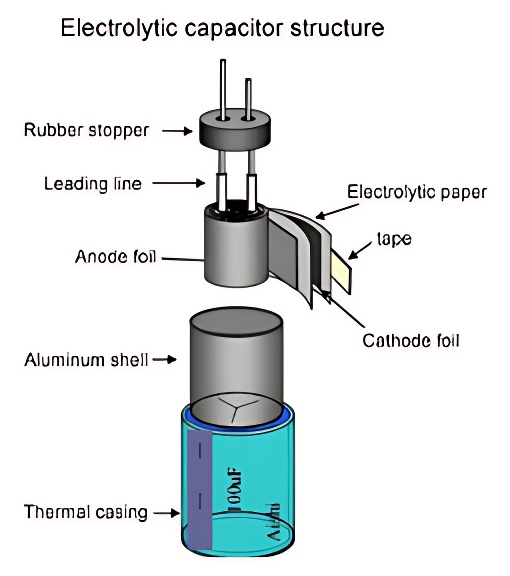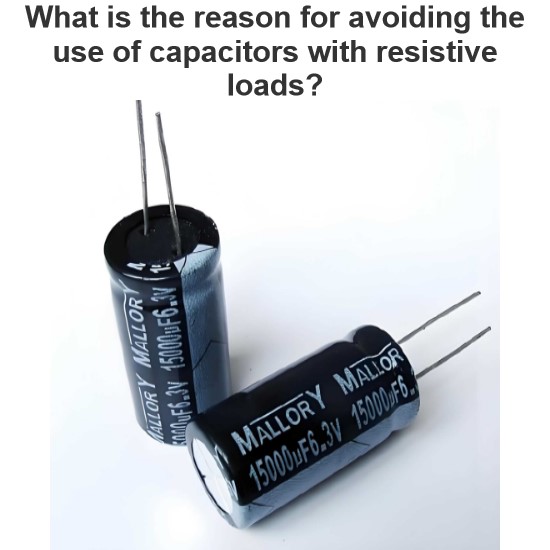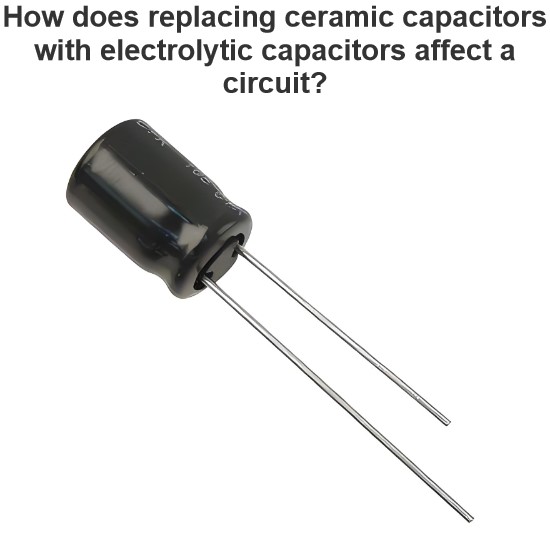What is Electrolytic Capacitor?
What is Electrolytic Capacitor?
Capacitor definition
Capacitors are components that store electricity and electrical energy. One conductor is surrounded by another conductor, or the electric field lines emitted by one conductor all terminate in the conduction system of the other conductor.
The basic structure of a capacitor

Working principle of capacitor
Electrical energy is stored by storing charge on the electrode, usually in conjunction with an inductor to form an LC oscillating circuit. The working principle of the capacitor is that the charge will be forced to move in the electric field, when there is a medium between the conductors, it prevents the charge from moving and causes the charge to accumulate on the conductor, resulting in the accumulation of charge storage.
Capacitor main parameters
Nominal capacitance: Indicates the capacitance on the capacitor.
Rated voltage: The maximum DC voltage that can be continuously applied to the capacitor at the lowest ambient temperature and rated ambient temperature.
Insulation resistance: The ratio of the DC voltage applied to the capacitor to produce a leakage current.
Loss: The energy consumed by a capacitor in unit time due to heating under the action of an electric field.
Frequency characteristics: When the capacitor works below the resonant frequency, it is capacitive; When it exceeds its resonant frequency, it appears inductive.
Computational formula

Action of capacitor
Coupling
Filtering
Decoupling
High-frequency vibration suppression
Capacitor classification
Aluminum electrolytic capacitor
Advantages: Large capacity, can withstand large pulsating current.
Disadvantages: large capacity error, large leakage current.
Tantalum electrolytic capacitor
Advantages: good storage, long life, small size, small capacity error
Disadvantages: The resistance of pulsating current is poor, if damaged, it is easy to short circuit
Porcelain capacitor
Advantages: lead inductance is very small, frequency characteristics are good, dielectric loss is small
Disadvantages: Capacity change caused by vibration
We aim to gather electrical knowledge and share it with others.




